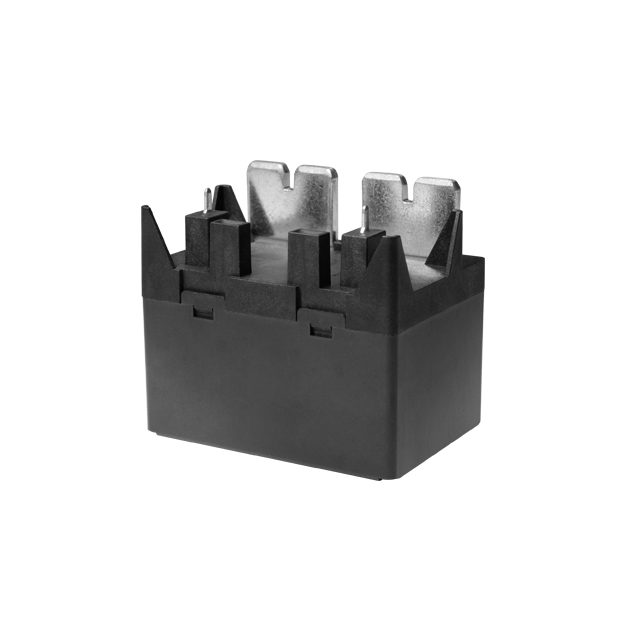Relays are crucial components in electrical circuits, acting as automatic switches that can open or close a circuit based on a given control signal. They play a pivotal role in ensuring the protection and safe operation of electrical systems, ranging from industrial machinery to household appliances. As with any electrical device, relays must be designed with built-in safety features to prevent hazards such as electrical faults, overloading, or malfunctions. In this article, we will explore the key safety features that ensure relays operate safely and reliably, minimizing risks to both the relay and the connected systems.

1. Overcurrent Protection One of the primary safety features found in many relays is overcurrent protection. Overcurrent occurs when the flow of electric current exceeds the maximum safe limit for a particular circuit, which can cause overheating, equipment damage, or even fires. To protect against this, certain relays incorporate overcurrent protection mechanisms. These mechanisms allow the relay to detect when the current surpasses a preset threshold and immediately disconnect the circuit, preventing further damage. Overcurrent relays are essential in industries where machinery operates under high-power conditions, as they help ensure that any fault or surge in the system is quickly mitigated.